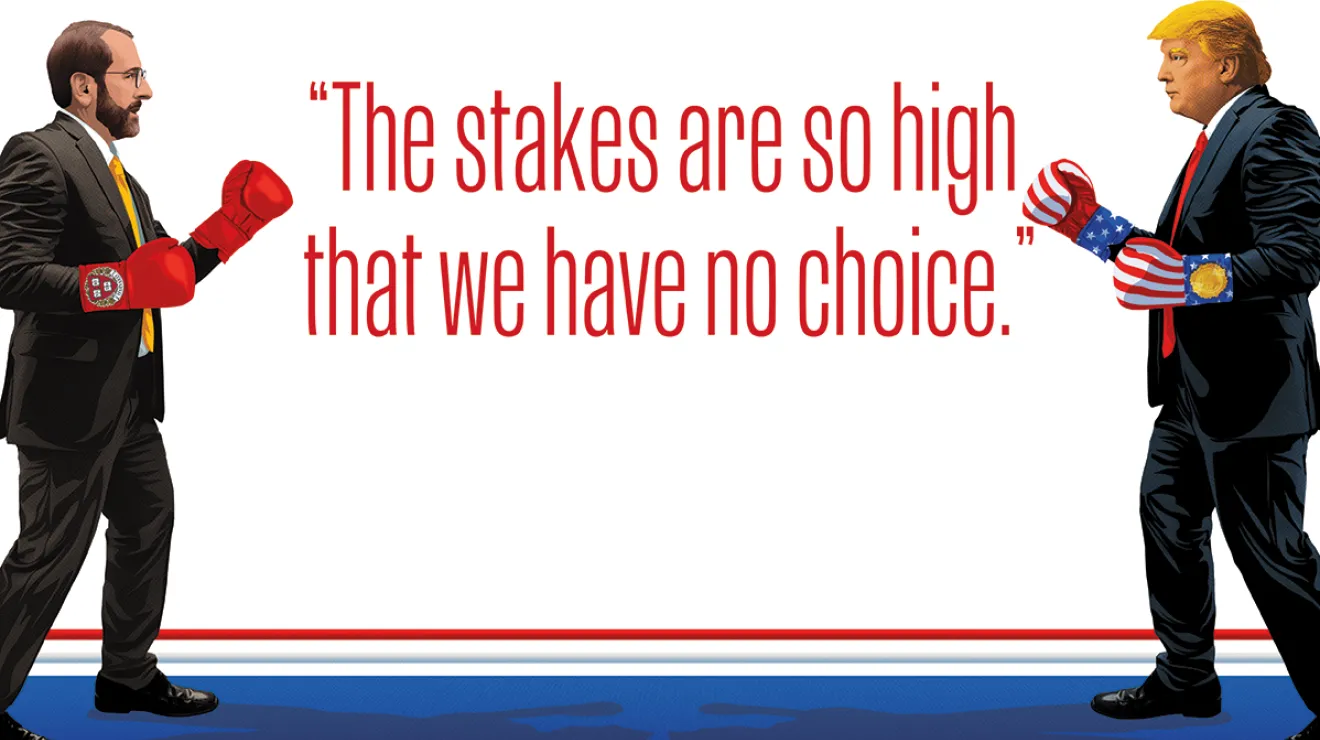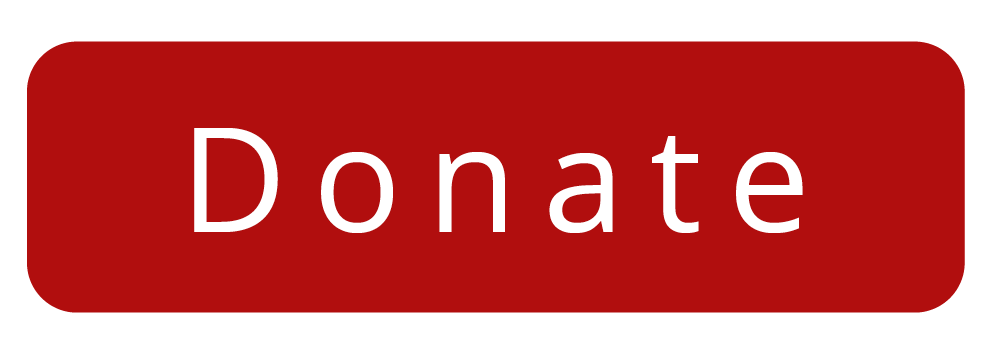Behind the Scenes: Inside Your Guide to the Standoff
Editor Joanna Weiss shares insights into the July-August issue’s special coverage of the Harvard vs. Trump battle.
When I began my new role as editor of Harvard Magazine in April, the University was in a state of turmoil. The Trump administration had just sent a list of extraordinary demands to Harvard in exchange for restoring billions of dollars of federal grants. Harvard had responded with a federal lawsuit. With nearly every day came new accusations, assaults, demands, and reactions. As a graduate of the College, I tried to imagine what I’d want from my alumni magazine at this moment. And I tried to imagine what special value Harvard Magazine, with its deeply connected readership and vast knowledge of the institution, could add to a roiling public conversation.
The answer, it quickly became clear, was a deep and comprehensive look at the issues, the players, and the stakes. What also seemed clear was that much of this information was best delivered through graphics and charts, short essays and bite-sized descriptions, in the style magazine journalists often refer to as “front of book.” Our staff gathered for a brainstorming session and came up with the most pressing topics—Harvard’s financial structure, its enrollment of international students, its research apparatus—as well as some of the clearest and most intriguing ways to present them. A series of charts outlining the way Harvard’s varied schools are funded. A timeline of past conflicts between the University and the federal government. Dossiers on the lawyers on both sides, presented in the style of baseball cards. I’m a big believer that, in magazine design, form follows function—and that surprise and delight lead to engagement and understanding.
One of our biggest questions was how to portray this historic conflict on the cover. Creative Director Jennifer Carling and I sat down together and mapped out our goals and caveats. We needed to reflect the breadth of opinions within the Harvard community, recognizing that, while many alumni are standing enthusiastically behind the University, others have been deeply critical. We needed to express the nuanced idea that, while President Donald Trump has been using the levers of government to pressure and challenge Harvard, no single presidential administration represents the idea of America. And we needed to do what magazine covers should: catch your attention, prompt a conversation, invite you to turn the page and look inside.
Jennifer suggested that we turn to artist Taylor Callery, and it was Taylor who suggested two hanging boxing gloves—opposing forces, ready for action. It seemed right to continue the motif inside the magazine, with Trump and President Alan Garber facing off in a stance of preparation. Jennifer and Taylor refined the design so that Trump’s glove, which was decorated with the stars and stripes, also contained a gilded seal with Trump’s portrait on it—to indicate that this was his agenda, imposed through the government agencies at his command. (Some readers have suggested that we put MAGA branding on Trump’s glove, but that felt inaccurate; Harvard’s critics haven’t been limited to the MAGA faithful.) For the text, we chose to be simple, bold, and a little provocative, to reflect the potential energy of the moment and the way the outside world is viewing this very public fight.
It's been a joy, as a new editor, to experience the creative power of this team and to see our entire staff work so hard to create this package on tight deadlines. Our cover and presentation, as we expected, drew strong reactions. Many readers have said they loved it; some even say it inspired them to make a donation or stand up for the University. Some have raised objections to the tone and timing. We’ve been happy to hear from them all. With every exchange comes an opportunity to learn—especially when you publish a magazine for a community as diverse, committed, and thoughtful as this one.
Thank you for your donation, which makes it possible to gather information on behalf of alumni and to convene these important conversations.
Read “The Standoff: Harvard’s Future in the Balance”

